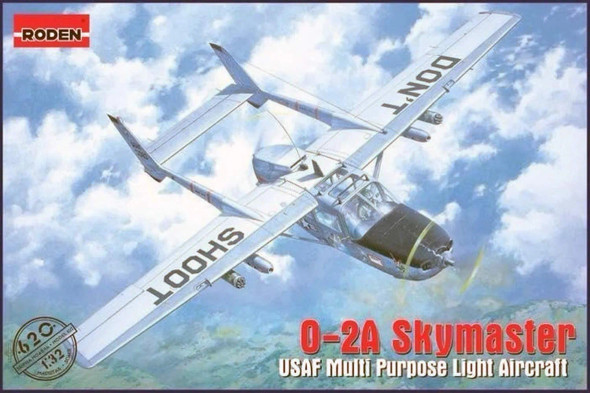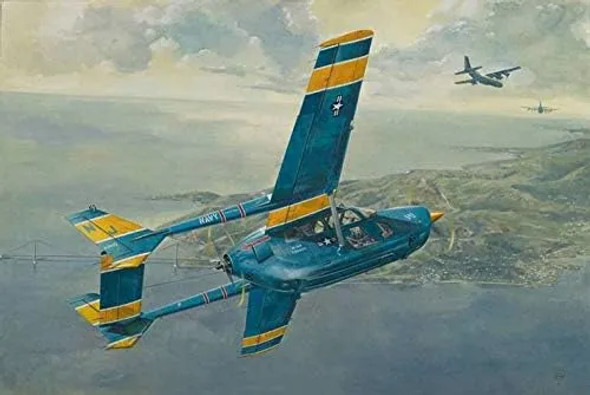Roden
ROD627 - Roden 1/32 L-19/O-1 Bird Dog "Asian Service"
- SKU:
- ROD627
- UPC:
- 4823017702172
- Condition:
- New
- Availability:
- In-Stock items usually Ship within the next business day
- Shipping:
- Calculated at Checkout
Description
ROD627 - Roden 1/32 L-19/O-1 Bird Dog "Asian Service"
In the late 1940s the Commander of the U.S. Air Force announced a competition for an aircraft to conduct air correction of artillery fire, which would also be used as a communications airplane. The need to develop a new plane was connected to the fact that the previous aircraft types in this category dated back to World War II and had an archaic design, including the use of such materials as wood and canvas, with which the flying surfaces were covered. The new aircraft was required to be all-metal. Of the proposals tendered, the winner was the Cessna company, which according to the specifications required for the new type significantly modified their earlier Model 170. Primarily the changes concerned the fuselage, improving the view towards both the upper and the rear hemisphere. The plane could transport a pilot and one passenger, or one wounded on a stretcher; for this purpose the cabin doors were enlarged and special mounting brackets were fitted. Series production of the new type, officially named the L-19/O-1 Bird Dog, began at the end of 1950, and soon the initial order of 418 units was increased to 3,600 planes, in light of its great potential. The O-1 was delivered not only to army aircraft and training departments, but also to units of the U.S. Marine Corps, where it was named the OE-1. In training units they were used purely for instrument training of pilots in flight conditions, and this variant was called the TL-19D. The first experience of the O-1 in combat conditions during the Korean War proved that the plane could be used also as an operational trainer, using light munitions. Their main task was the marking of targets for other, more powerful strike planes using unguided rockets. Such machines, which were modified according to the new requirements, were designated TO-1A and TO-1E. The Vietnam War, which escalated in the following decade with even greater forces engaged, once again proved the need for an aircraft of this class. The O-1 was used with great success for reconnaissance, as an artillery spotter, convoy escort, communications plane and also for light strike. During this period they received new designations as O-1F and O-1G. Despite the emergence of more modern aircraft which performed the same military functions, such as the O-2 Skymaster and OV-10 Bronco, the O-1 remained in front line service because of its unique characteristics, especially the ability to take off and land on smaller and unprepared airfields. Its military career officially ended only in 1974, when a formal decision was adopted to exclude the O-1 from combat operations.A small number of O-1s was transferred to the Air Force of Asia - these aircraft were used by the Self-Defense Forces of Japan, the Air Force of Thailand. Cambodia, Indonesia, Taiwan, Phillipine and South Vietnam. After that time a small number of O-1s were used in civil air patrol service, while others were sent for scrap or resold to private owners. The total number of O-1s produced reached nearly 3,500 units.

















